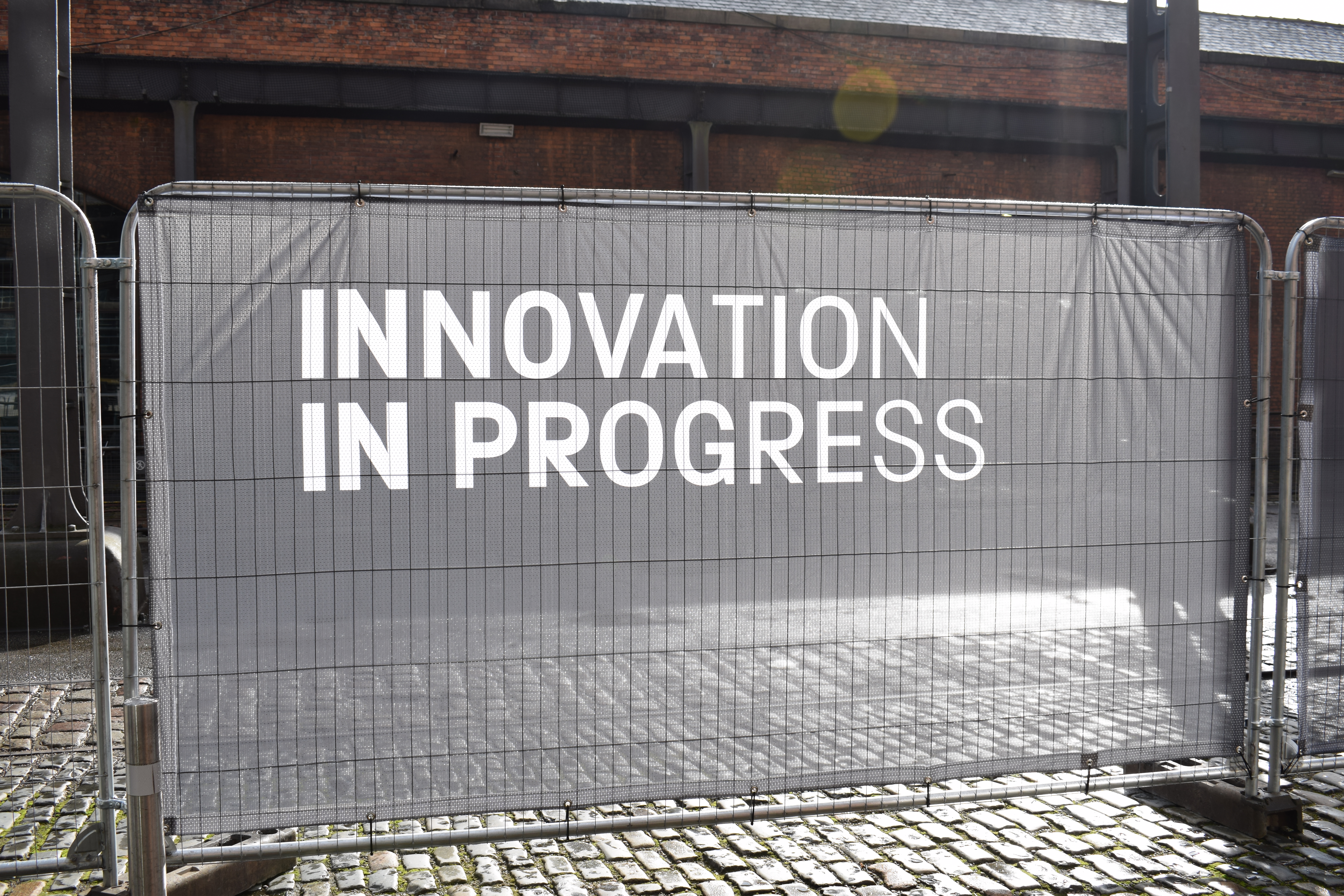Director Sally MacDonald reveals more about the museum’s new visionary decarbonisation project, where the original and modern combine for a sustainable museum of the future.
One of the many joys of my job is the pleasure of working in buildings steeped in history. The museum is housed on the site of Liverpool Road Station, which was the Manchester terminus of the Liverpool and Manchester Railway, the world’s first purpose-built passenger railway. Among its internationally significant buildings are the world’s oldest surviving passenger railway station and the world’s first railway goods warehouse, located at the heart of Manchester, the world’s first industrial city. On this globally significant industrial heritage site, the museum explores how ideas can change the world, from the industrial revolution to today and beyond.
The cotton manufacture and related industries that developed in and around Manchester from the 18th century onwards were the catalyst for scientific innovation, mass production and for unprecedented change worldwide. Some of the negative environmental consequences of the industrial revolution were immediately apparent—Alexis de Tocqueville, visiting Manchester in 1835, wrote of ‘fetid, muddy waters, stained with a thousand colours by the factories they pass.’ John Ruskin called the smog from Manchester’s forest of chimneys the ‘Devil’s Darkness’. Other consequences, notably the increasingly catastrophic impact of increased carbon emissions on the climate, took much longer to be understood.

We tell some of these stories in our Textiles Gallery, with its awe-inspiring collection of historic working textile machinery. The Power Hall, which is currently closed for extensive renovation, features an unparalleled collection of working steam, electric and diesel engines. Whilst these exhibits illustrate human ingenuity, skill and entrepreneurship, they also heralded a world increasingly powered by and dependent on fossil fuels.

When the museum was set up in the early 1980s, its founders were determined it should not just celebrate a proud industrial past but also inspire the ‘scientists and technologists of the future’, an ambition echoed by the Science Museum Group’s mission to ‘Inspire Futures’. The Power Hall was the first major gallery to open on the site, which is why it’s so exciting to be announcing not just a major renovation of this iconic gallery—the place where the ‘Northern Powerhouse’ term was coined—but a renovation that puts decarbonisation and green technology right at its heart.
Thanks to the Government’s Public Sector Decarbonisation Scheme, the Science and Industry Museum has been awarded £4.3m to substantially improve energy efficiency and lower carbon emissions across the site.
The funding will enable us to install water source heat pumps to help heat and power the Power Hall and the 1830 Station and Warehouse, and an air source heat pump for the New Warehouse. By providing improved roof insulation and glazing it will reduce our energy consumption, and new building management systems will help us monitor and control energy use. The work will slash our carbon footprint by 515 tonnes p.a.; the equivalent of the average CO2 emissions of 30 UK homes. And this reduction will increase as the electricity grid decarbonises through increased zero carbon generation. Not only that, we’ll also be able to bring the story in the Power Hall up to date, and inspire future scientists, entrepreneurs and innovators to join Manchester’s next (green) industrial revolution.

In decarbonising our historic buildings, we will no doubt learn a lot, and will want to share that learning with others in the cultural sector, and other organisations retrofitting historic buildings.
This grant is a huge step towards achieving the Science Museum Group’s target to be net zero carbon by 2033, and contributing towards Greater Manchester’s goal to become carbon neutral by 2038, 12 years ahead of the national target. It seems fitting that the city that led the way in developing coal-fired mass production, and a museum that tells that story, should now be spearheading decarbonisation.
Great news! Congrats on getting this grant.
Can you make sure there is lots of emphasis on the QUANTITATIVE analysis of power and energy in the displays. KW, Volts and Amps and of course Hp!
The maths is key to STEM 🙂
Thank you very much for your comments. STEM engagement is central to our mission as a museum, and we will be using experience and expertise from across the Science Museum Group to engage all our visitors with the fantastic story of decarbonisation in our Power Hall gallery and across our historic site. We completely agree that Maths is central to understanding STEM and there will be lots of Maths content for curious minds through our activities and programmes.